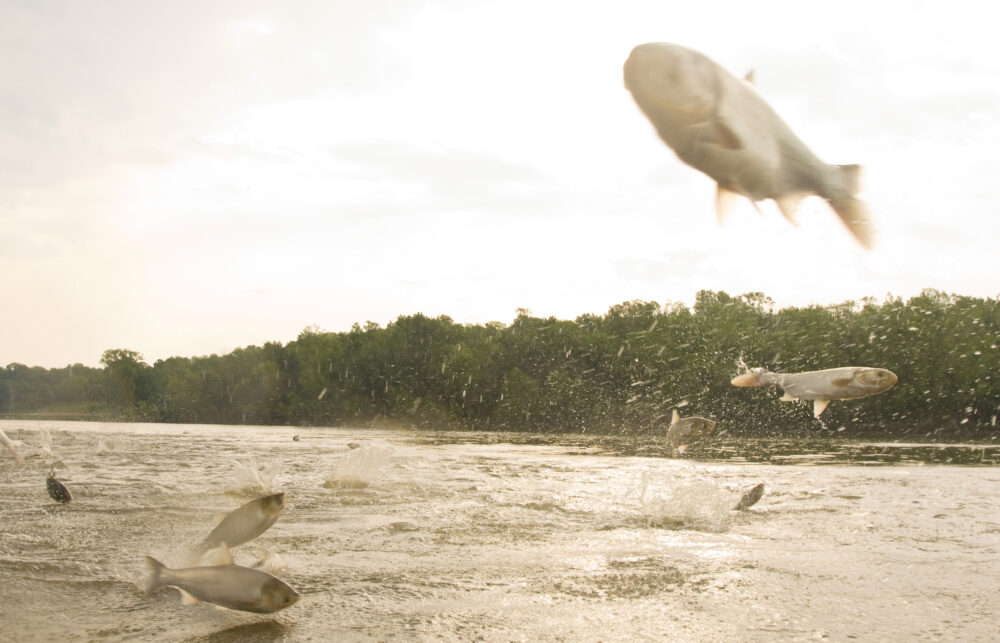We have much more to do and your continued support is needed now more than ever.
Ratings and Rankings and Lists, Oh My! (Part 2)
As part 2 of last week’s post on college sustainability rankings, here’s a little more information on the Sustainable Endowment Institute’s newly issued Green Report Card.
The Sustainable Endowments Institute relies heavily on a small core of schools for its College Sustainability Report Card: "colleges and universities with the 300 largest endowments in
the United States and Canada, representing more than $380 billion in
endowment assets, or more than 90 percent of all university endowments."
While 300 is only a small fraction of American colleges and universities (about 13%), the study is designed to examine how schools are using their endowments to work towards sustainability, NOT to rank general sustainability trends. (For a more general overview of trends in higher education, have a look at NWF’s Campus Environment 2008 report, which covered more than 1,000 schools of all sizes and types.)
That said, there are a few obvious patterns among the schools who participated. In the good news category, two of every three schools that were evaluated in 2008 and 2009 have improved their scores, with more than four out of five improving since their 2007 rating.
Also good, a majority (66%) of these schools have full-time staff dedicated to sustainability efforts on campus, and most have signed the ACUPCC or made a commitment to massive carbon reductions. Green building, local food purchases, recycling and alternative transportation projects are on the rise. And most importantly for the SEI, endowment transparency and investments in renewable energy are increasing at many schools.The list of all-star schools shouldn’t surprise anyone: Brown, Columbia, Harvard, Dartmouth, Middlebury, Oberlin, Stanford and and University of Colorado are a few of the top 15, and they well deserve the recognition.
Of course, there are still a few F’s among the accolades, some going to schools such as Brigham Young University, Howard University and Hillsdale College, which did not respond to the survey. While the F doesn’t mean that these schools don’t have any green efforts — for example, BYU does have a recycling program and student eco-clubs — it does mean that those efforts are not obvious enough for SEI to track them without the school’s involvement, and that the school hasn’t yet made it a priority to lead by example. Because the report is intended to rank the schools with the largest endowments, a school’s non-participation didn’t exempt it from inclusion, as with other sustainability-tracking reports.
Perhaps one of the most refreshing things about this particular report is its web navigability. The site, which is hosted outside SEI’s, is designed to be a destination for the competing schools, who can pull up side-by-side comparison charts between any set of schools to compare factor by factor, or year by year. Rather than presenting results in document form, the site makes it easy to move from school to school and filter summaries.
As we and others have discussed before, the plethora of ranking systems raises difficult questions. How do independent organizations weight initiatives that have varying levels of effect on climate and CO2 emissions? Should curriculum shifts or operations changes be prioritized? Is it unfair to favor administration-led changes and ignore small-scale, grassroots involvement? Or should the programs that cut the most carbon be our primary goal? How do we address globalization concerns and find the balance between social justice and the need for open markets? What about habitat, biodiversity, and water quality?
In my (mostly unqualified) opinion, it seems we have a long way to go towards a holistic and healthy relationship with our natural surroundings, as well as the fuels, industry and machinery which have provided such unprecedented educational opportunity. However, I also think that a certain amount of gratitude is in order for the hard work of university presidents and administrators, students, faculty, reporters, researchers, conservation organisations, and supporting nonprofits, which are finally getting some of the attention they deserve.





















